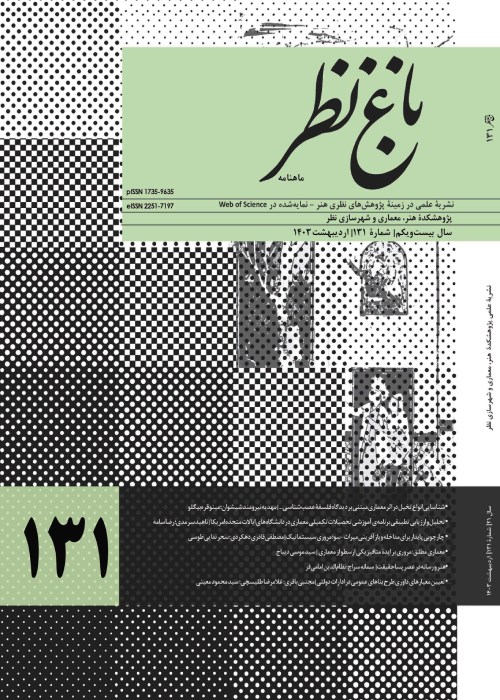Sangabs (Lavers) of Isfahan, The sacred Shia art
Author(s):
Abstract:
The Safavid dynasty established the Twelver school of Shia Islam as the official religion of their empire and this gave Shia Muslims a chance of expressing their Islamic views, even through arts. Notable for this era was a renewed attention to Ashura as an inevitable part of Shia culture. Ashura is respected by Shias throughout the world as a day of mourning. It marks the anniversary of the martyrdom of Imam Hossein (AS), the third Shia Imam and the grandchild of Prophet Mohammad (SA), together with 72 of his companions in a famous battle in Karbala desert, now located in Iraq, in the seventh century. In fact, Ashura has had a great influence on Shia culture across history. Interestingly, it has now become customary for followers of other faiths to join Shias in Ashura mourning rituals. The influence of Ashura on Safavid dynasty and Isfahan, the most important capital of the dynasty, was quite dramatic. An example of this influence may be using Sangabs (lavers) in mosques and passages of cities, in which some of the deep rooted Islamic arts such as poetry, calligraphy and carving were featured with Ashura being their main theme. The present paper has conducted a comparative analysis over the lavers of Isfahan which have remained from Qajar and Safavid eras to determine the influence of Ashura culture. Fifty four lavers in Isfahan, mostly from the Qajar dynasty, were studied and 39 of them contained inscriptions and designs on Ashura. The investigations began with lavers remaining from the era of Shah Safi І (1038-1052) in the Jameh mosque of Isfahan. It should be mentioned that the lavers from the Safavid era date back to the seventeenth century and the lavers form the Qajar era date back to early nineteenth century. Lavers were made in order to appreciate Ashura. They were also meant to remind the Shias of the martyrs of Karabala. In fact, the lavers were used during the Safavid and Qajar eras to carry the messages of Shia religious art and to keep the memories of Karbala alive. They were also a means to preserve the spirit of sacrifice and virtuous deeds among Shia Muslims. Studies show that the lavers in Isfahan contain many beautiful patterns and decorative calligraphies. They are great representatives of the sacred art of Shia Islam. Calligraphic decorations are the main patterns carved on the lavers and most of them are written in Nastaleeq script and some of them are in Thulth script. The main subjects of these scripts are sometimes a poem about Ashura or the name of the laver’s donator. This article investigates and introduces the features and characteristics of Isfahan lavers as examples of the religious art of Shia Islam as well as the contributions of Ashura to Shia art.
Keywords:
Language:
Persian
Published:
Bagh-e Nazar, Volume:10 Issue: 27, 2013
Pages:
49 to 60
magiran.com/p1210763
دانلود و مطالعه متن این مقاله با یکی از روشهای زیر امکان پذیر است:
اشتراک شخصی
با عضویت و پرداخت آنلاین حق اشتراک یکساله به مبلغ 1,390,000ريال میتوانید 70 عنوان مطلب دانلود کنید!
اشتراک سازمانی
به کتابخانه دانشگاه یا محل کار خود پیشنهاد کنید تا اشتراک سازمانی این پایگاه را برای دسترسی نامحدود همه کاربران به متن مطالب تهیه نمایند!
توجه!
- حق عضویت دریافتی صرف حمایت از نشریات عضو و نگهداری، تکمیل و توسعه مگیران میشود.
- پرداخت حق اشتراک و دانلود مقالات اجازه بازنشر آن در سایر رسانههای چاپی و دیجیتال را به کاربر نمیدهد.
In order to view content subscription is required
Personal subscription
Subscribe magiran.com for 70 € euros via PayPal and download 70 articles during a year.
Organization subscription
Please contact us to subscribe your university or library for unlimited access!


